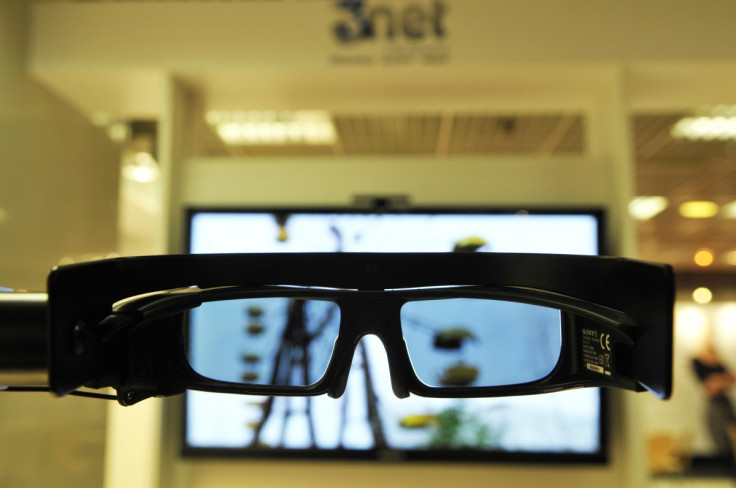Majority of 3D TV Owners Regret Their Purchase

Almost 80% of 3D television owners in the UK regret making the purchase, with more than half of disappointed buyers complaining of a lack of 3D content.
A survey conducted by discount code website VoucherCodesPro.co.uk asked 1,172 3D TV owners in the UK about their feelings towards the technology, which has become steadily more affordable in recent years, but still lacks a wide range of films and television programmes.
Of the 79% of respondents who said they regretted buying a 3D television, 61% said the main problem is a lack of 3D films and channels; 57% were annoyed about having to purchase additional 3D equipment, such as extra glasses.
Nausea, headaches and dizziness
Almost a third of respondents said watching their 3D television caused symptoms of nausea, headaches and dizziness, while a quarter said they regretted investing in the technology because they dislike wearing the required glasses. Finally, 5% said they were unable to see 3D images, although the survey did not expand on why this might be.
An expensive additional feature just a couple of years ago, 3D compatibility is now commonplace on a wide range of mid-to high-end HD televisions, but with the emphasis from manufacturers shifting to the higher-resolution Ultra HD technology and TVs with curved displays, interest in 3D appears to be waning.
3D remains popular in the cinema however, where blockbusters like The Hobbit and Gravity showcase the technology at its very best - but in the home, where few can afford dedicated cinema rooms, the need to wear 3D glasses makes the experience less appealing; meanwhile, the promise of televisions with glasses-free 3D has yet to materialise.
As for broadcast television, 3D is still reserved for one-off specials and a handful of major sporting events, further limiting the opportunities for investors in the technology to reach for their glasses.
Much noise was made this week at the CES technology trade show in Las Vegas, where Samsung announced its enormous 105in, curved Ultra HD television, and a bendable display that can be made flat or curved by remote control - yet their 3D compatibility mostly went unmentioned.
© Copyright IBTimes 2025. All rights reserved.






















